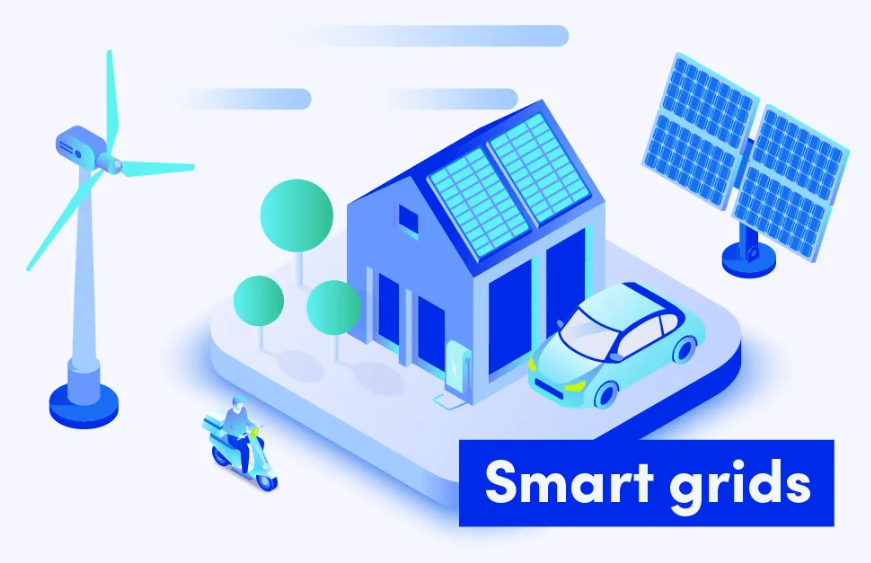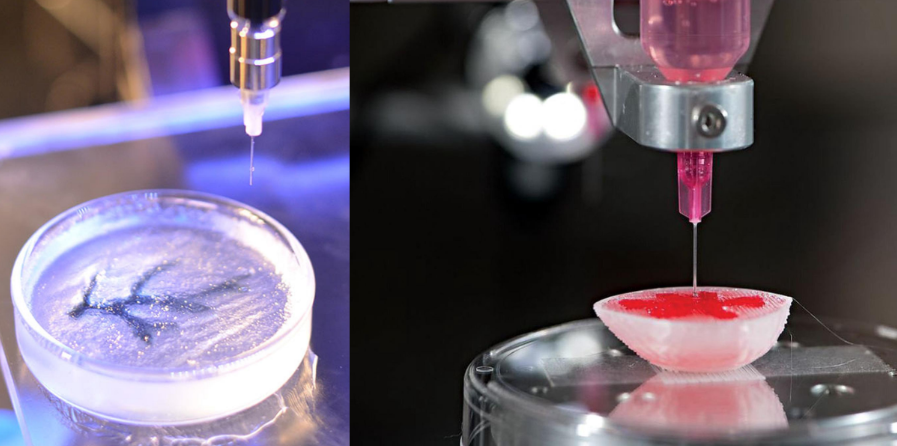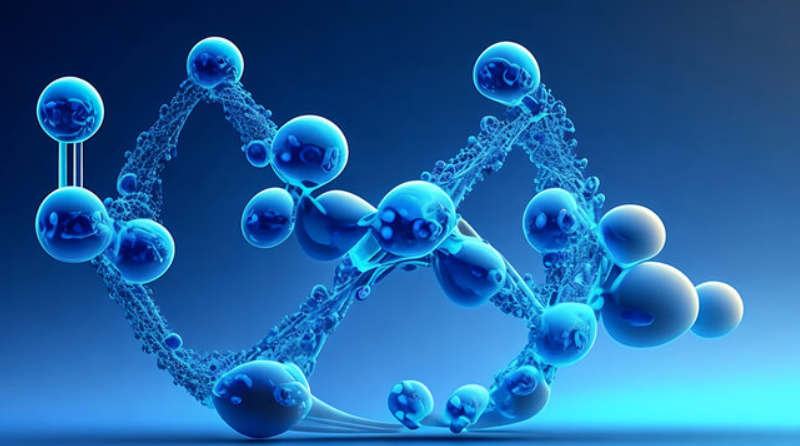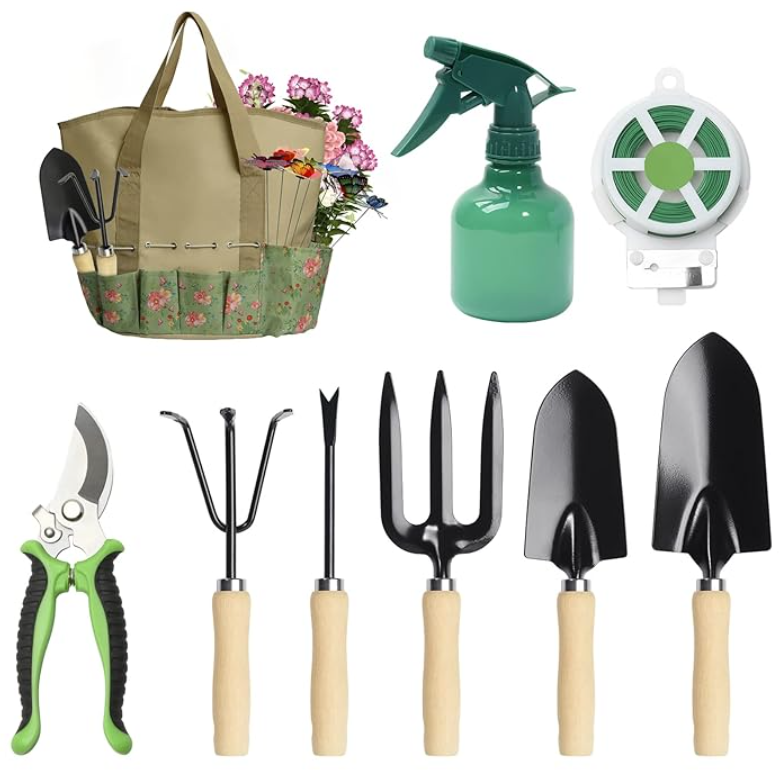Agriculture
Top Trends Changing the Dynamics of the Agricultural Industry in 2023
Agriculture plays a key role in human existence and is becoming an exciting high-tech industry, drawing the attention of new professionals, investors and companies. It is one of the most rapidly evolving industries across the globe and is considered to be the mainstay of the economic system of many developed and developing countries. Agriculture primarily consists of large-scale intensive production of crops, livestock, fishing, aquaculture, agroforestry, and a range of interdependent gathering, production, and post-harvest processes.
Over years, there has been a significant increase in the demand for food, and is expected to surge anywhere between 59% to 98% by 2050, considering the constantly expanding global population. Farmers are focused on increasing crop production and are becoming aware of effective utilization of resources to reduce crop losses and cater to rising consumer demand. In addition, they are adopting smart farming techniques to automate farms and enhance crop quality and production along with livestock production cycle. This has encouraged manufacturers to invest in developing advanced technologies such as drones, robotic harvesters, autonomous tractors, and automatic watering and seeding robots.
Advanced technologies such as IoT (Internet of Things) and AI (Artificial Intelligence) are rapidly gaining popularity in modern agriculture and are widely used in farming help farmers to streamline conventional farming operations and enhance farm decision-making. For instance, drones and robots are replacing human involvement in conventional farming operations such as picking fruits, spraying fertilizers and water, or killing weeds, and drones and satellite imaging help in providing high-resolution and location-specific views of the field in real time.
Farmers across the globe are steadily getting accustomed to advanced tools, equipment, and farming methodologies to cater to changing needs and demands of regulators, consumers, retailers, and food processors and challenges such as soil erosion, biodiversity loss, decrease in cultivable land, climate change and rising food shortage.
Top Trends Ruling the Agriculture Sector
Recent advancements in modern agriculture has resulted in rising adoption of smart farming and efficient utilization of time and resources, simultaneously meeting the growing demand for farm automation, digitalization, and sustainability. Many leading manufacturers are focused on developing technologies that will allow farmers to maximize yield by controlling factors such as moisture levels, soil conditions, micro-climates, and pest stress. Following are some of the top trends that are changing the dynamics of the agricultural sector worldwide:
- Precision Farming
- Agricultural Robots
- Agricultural Drones
- Vertical Farming
- Precision Livestock Farming
- Laser Scarecrows
Precision Farming: Precision farming is a trending concept of farming management, based on calculating, observing, and responding to intra and inter-ground changeability and crop production. The aim of precision farming is to produce high-quality crops in large quantities in a short span of time and at low costs. It uses modern technologies such as field mapping and satellite imagery to improve farming productivity, profitability and reduce soil degradation. Various types of novel techniques such as remote sensing, variable rate applicator, geographic information systems, and differential global positioning systems are used in precision farming. Farmers can control all the processes and manage large fields or small areas through remote monitoring. Kye features of precision farming include reduced costs, enhanced sustainability, increased profitability, better harvestability, and increased land values.
Agricultural Drones: Drones are unmanned aerial vehicles used for surveillance in various industries including agriculture for performing various tasks such as spraying fertilizers, monitoring crops and soil health, seeding process, aerial surveillance, land inspections, and examining overall flaws. The drone survey enables farmers to obtain precise information about their land conditions. The multispectral sensors allow seizing data that can be useful for seed planting patterns, irrigation, nitrogen level management, and thorough field soil analysis. Some of the key advantages of agricultural drones include enhanced production, greater safety and convenience for farmers, effective and adaptive techniques, less wastage of resources, faster decision-making, and lower wastage of resources.
Agricultural Robots: Agricultural robots help in automating the slow, repetitive, and dull tasks of farmers, allowing them to focus on overall output and production yields. These robots are widely used in modern agriculture for various applications such as cloud seeding, planting seeds, harvesting, weed control, sorting, packaging overall environmental monitoring, and soil analysis. These robots are specially designed to eliminate manual labor, lower operational costs, increase productivity and make efficient use of resources such as water, fertilizers, and other nutritional supplements.
Vertical Farming: Vertical farming is increasingly becoming popular as it requires a fraction of land and water use, compared to conventional farming techniques. It is a novel method of growing crops in a controlled environment by artificially stacking plants above each other in vertical layers. In vertical farming, the plants/crops are grown without soil under artificial lights in a setup that requires less water, soil, pesticides, and other essential nutrients in comparison to traditional farming. Rapidly expanding global population and rising demand for high-quality food has resulted in increasing adoption of vertical farming. Benefits of vertical farming include round-the-year crop production, better use of space, unaffected by adverse weather conditions, minimal water usage, better energy efficiency, and more production.
Precision Livestock Farming: Rapid advancements in livestock farming technology has resulted in easy tracking and managing of livestock data. Precision livestock farming is an innovative approach for raising animals using modern technologies to gather real time data about every farm animal and use it to optimize overall management and productivity. Farmers across the globe are upgrading their livestock farms with modern techniques such as automated diary installations, automated weighing, cleaning systems, feeders, water intake recording, Electronic Identification (EID) solutions, advanced animal sensing systems, and GPS-tracking for extensive systems.
Laser Scarecrows: In the past farmers often relied on traditional stationary scarecrows to ward off hungry invaders. The birds eventually become used to the motionless structures and continue their crop destruction. However, farm owners are now turning to high-tech devices equipped with motion sensors to keep birds away from crops. With many years of research and experiments, researchers have come up with laser scarecrows that emit green laser light that people cannot see in the sun. Green laser works as birds are sensitive to green color. The laser scarecrow is kept inside a plastic bucket and is attached to an adjustable pole that moves back and forth across the tassels in the field. Various types of laser scarecrows are currently trending, some of which are solar-powered or with auto-targeting systems on birds.




